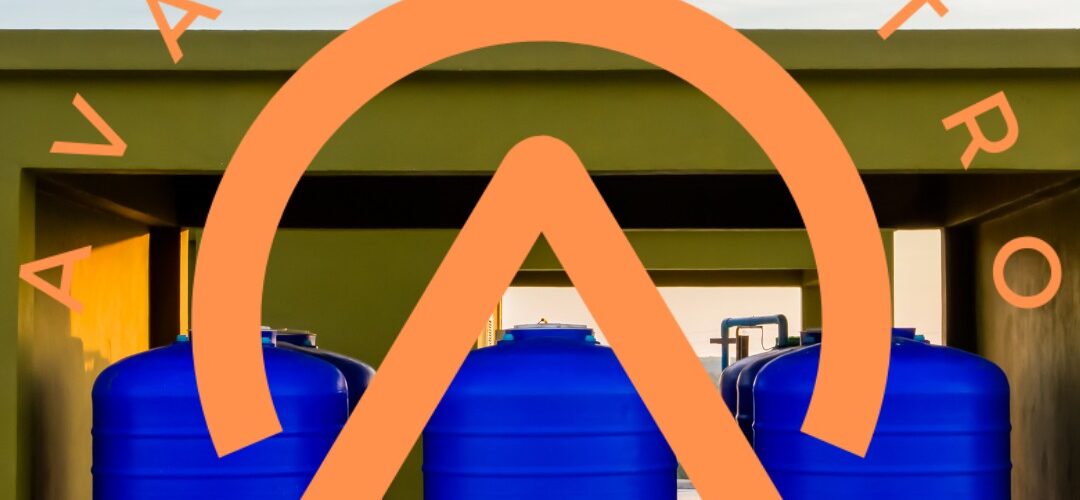How are Polyethylene Water Tanks Produced
Understanding the Production Process of Polyethylene Water Tanks
Polyethylene water tanks have become a popular choice for residential, commercial, and industrial water storage needs due to their durability, versatility, and cost-effectiveness. The production process of these tanks involves several intricate steps that result in high-quality, reliable storage solutions. In this comprehensive guide, we delve into the detailed production process of polyethylene water tanks.
Raw Materials Selection
The manufacturing process begins with the careful selection of high-grade raw materials. Polyethylene, a type of plastic known for its durability and resistance to corrosion, is the primary material used in making these tanks. The selection of premium quality polyethylene ensures the final product’s strength, longevity, and ability to withstand varying weather conditions.
Extrusion Process
The production of polyethylene water tanks involves an extrusion process. The chosen polyethylene resin is melted and shaped into a cylindrical form through extrusion. This method allows for the creation of seamless tank bodies, eliminating potential weak points and ensuring structural integrity.
Mold Creation and Molding
Once the cylindrical shape is formed, molds are used to give the tank its final design and dimensions. Molding is a crucial stage where precision and attention to detail are paramount. The molten polyethylene is injected into the molds, taking the desired shape and size. Advanced techniques are employed to create various types of tanks, including vertical, horizontal, cone-bottom, and flat-bottom designs.
Cooling and Quality Control
After molding, the newly formed tanks undergo a cooling process to solidify the structure. Quality control measures are rigorously implemented at this stage to ensure that each tank meets stringent industry standards. Thorough inspections are conducted to verify structural integrity, thickness consistency, and leak-proof qualities.
Additional Features and Customizations
Polyethylene water tanks can be customized to meet specific requirements. Manufacturers offer additional features such as fittings, valves, outlets, and vents to facilitate easy installation and usage. UV stabilizers might also be added to protect the tanks from sun damage, prolonging their lifespan.
Testing and Certification
Before reaching the market, polyethylene water tanks undergo rigorous testing to validate their quality and durability. These tests include pressure testing, impact resistance assessments, and evaluations of chemical resistance. Tanks meeting industry standards receive certifications ensuring their reliability and safety for storing water.
Final Inspection and Packaging
The final stage involves meticulous inspection to guarantee the tanks are defect-free. Any imperfections are rectified, ensuring customers receive products of the highest quality. Once approved, the tanks are carefully packaged to prevent damage during transportation.
Conclusion
The production of polyethylene water tanks involves a meticulous and comprehensive process to create durable, reliable, and high-quality storage solutions. From raw material selection to final inspection and packaging, every step is critical in ensuring the tanks meet industry standards and exceed customer expectations.
Written by Emir Narin

